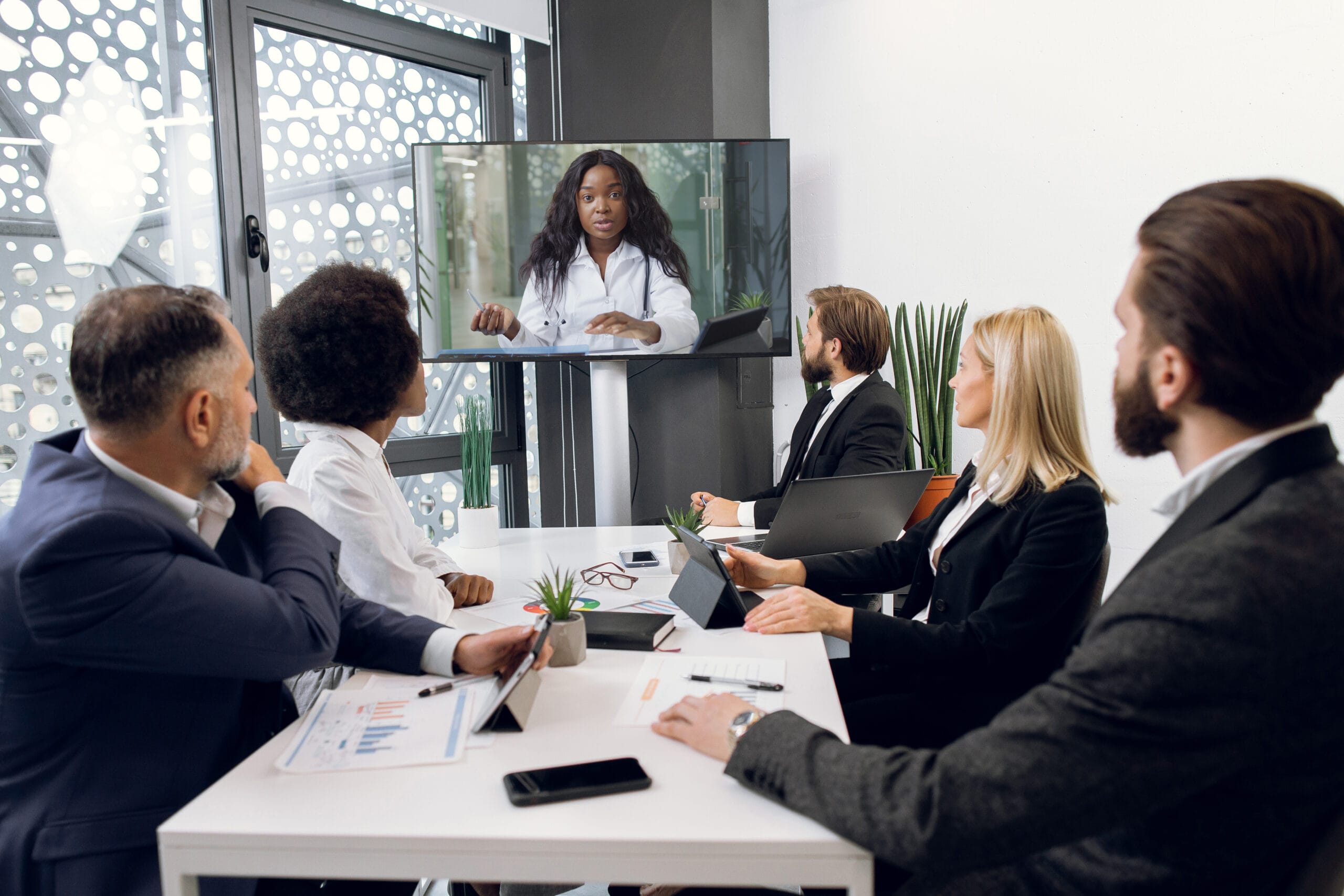Attorneys rely on powerful trial presentations for courtroom success.
Attorneys rely on powerful trial presentations for courtroom success.
Blog Article
How Test Presentations Enhance Your Disagreement and Persuade Jurors
Trial discussions serve as a critical system for enhancing legal debates and persuading jurors. By incorporating aesthetic aids, narrative frameworks, and emotional interaction, lawyers can produce an engaging situation that reverberates on multiple levels. The critical use visuals not only clarifies complicated details however additionally catches jurors' interest better than words alone. Nonetheless, the art of storytelling plays a similarly vital role in changing accurate proof right into an engaging narrative, shaping jurors' assumptions - trial presentations. Understanding these elements can substantially impact trial outcomes, elevating the question of how each part adds to this elaborate dynamic.

Relevance of Visual Help
Visual aids play a vital function in improving the performance of test presentations, as they can dramatically raise target market involvement and retention of information. In the context of a test, where jurors are tasked with handling complex info, aesthetic help offer to streamline and clarify crucial factors. Charts, charts, and images can convey information and principles that might or else overwhelm or confuse jurors, enabling an extra simple understanding of the proof presented.
In addition, aesthetic aids aid in keeping juror attention throughout the process. By damaging the monotony of spoken testimony, these tools can stress vital disagreements, making them much more unforgettable. Efficient aesthetic aids can likewise evoke emotional actions, which can be critical in persuading jurors to straighten with the presenter's story.

Crafting Engaging Narratives
A compelling narrative is necessary in test presentations, as it works as the backbone of effective persuasion. It enables attorneys to weave together realities, evidence, and emotional elements right into a coherent tale that reverberates with jurors. This narrative framework allows jurors to comprehend the intricacies of the instance while directing them via the attorney's debate.
To craft an engaging story, attorneys need to concentrate on clearness and coherence. This involves establishing a clear lead character-- often the customer-- and outlining their journey via the occasions in concern. Presenting the realities in a sensible sequence improves understanding and preserves involvement. In addition, the use of vivid summaries can develop mental images that help jurors visualize the occasions, making the story much more remarkable.
Moreover, incorporating key themes throughout the presentation strengthens the core message and aids in retention - trial presentations. The story needs to not only share details but additionally stimulate a sense of justice, highlighting the risks involved. Eventually, a well-constructed story promotes a link between the jurors and the instance, positioning the lawyer's disagreement as both credible and compelling, thus increasing the probability of a desirable decision

Engaging the Jury Mentally
Efficient jury interaction depends upon the lawyer's capability to connect with jurors on a psychological degree. This connection can substantially affect jurors' understandings and their supreme decision-making. Using sob stories enables attorneys to humanize the situation, changing abstract lawful principles right into relatable experiences. By offering real-life stories or reviews, attorneys can evoke empathy and concern, promoting a deeper understanding of the concerns at stake.
Visual help, such as pictures or video clips, can better enhance emotional engagement, giving jurors with vivid depictions of the instance's human components. Crafting a story that highlights the battles and victories of the individuals entailed makes sure that jurors see past the legal arguments and identify the human consequences of their choices.
Moreover, tone and body movement play an important duty in conveying feeling. An attorney's enthusiastic delivery can resonate with discover here jurors, strengthening their emotional investment in the case. It's important to stabilize sob stories with factual proof, making sure that jurors feel urged to act while remaining based in the reality. Ultimately, a psychologically involved jury is a lot more likely to be persuaded, making psychological connection a vital part of reliable test discussions.
Structuring Your Presentation

The body of the discussion ought to be logically segmented right into bottom lines, each sustained by compelling proof. It is valuable to make use of narration techniques to weave realities into a story that jurors can quickly adhere to. Visual aids, such as graphes and video clips, can boost understanding and engagement, assisting to highlight critical items of proof.
Real-World Situation Researches
Analyzing real-world study gives invaluable insights into the art of trial presentations and persuasion. The site instance of "O.J. Simpson v. The Individuals of California" highlights exactly how visual aids and compelling narratives can persuade court perceptions. The defense team properly employed a strategy that integrated high-profile expert testimonies with multimedia discussions, which mesmerized jurors and ultimately influenced their decision.
One more significant example is the "McDonald's Coffee Situation," where the plaintiff's lawyers made use of visuals images of the injuries endured by Stella Liebeck. trial presentations. This plain aesthetic evidence played a critical function in sharing the seriousness of her burns, causing a substantial jury honor. Such cases show that impactful trial discussions typically rest on the efficient combination of visuals and narration to stimulate psychological reactions from jurors
In addition, the "Casey Anthony Trial" highlighted the significance of narrative comprehensibility and integrity. The prosecution's failing to develop a compelling timeline lessened web link their convincing power, underscoring the necessity of a well-structured presentation. Evaluating these cases reveals that effective trial presentations need tactical planning, psychological engagement, and the ability to reverberate with jurors' values and beliefs.
Final Thought
Test discussions significantly boost debates and convince jurors through the critical use aesthetic help, engaging stories, and psychological involvement. By streamlining complex information and fostering connections with the audience, these click site components produce an unforgettable and impactful experience. A well-structured discussion balances sob stories with valid proof, inevitably resonating with jurors' worths. The integration of these methods not just influences decision-making yet likewise emphasizes the significance of effective communication in the court room.
Report this page